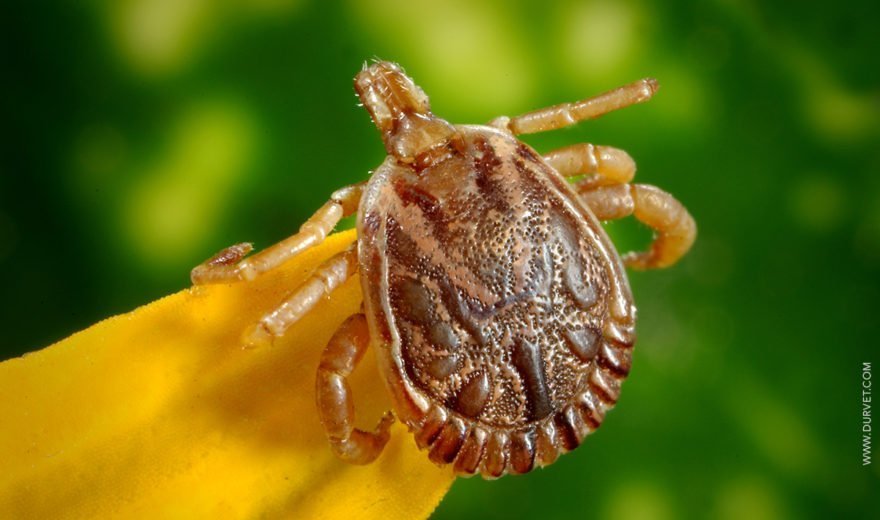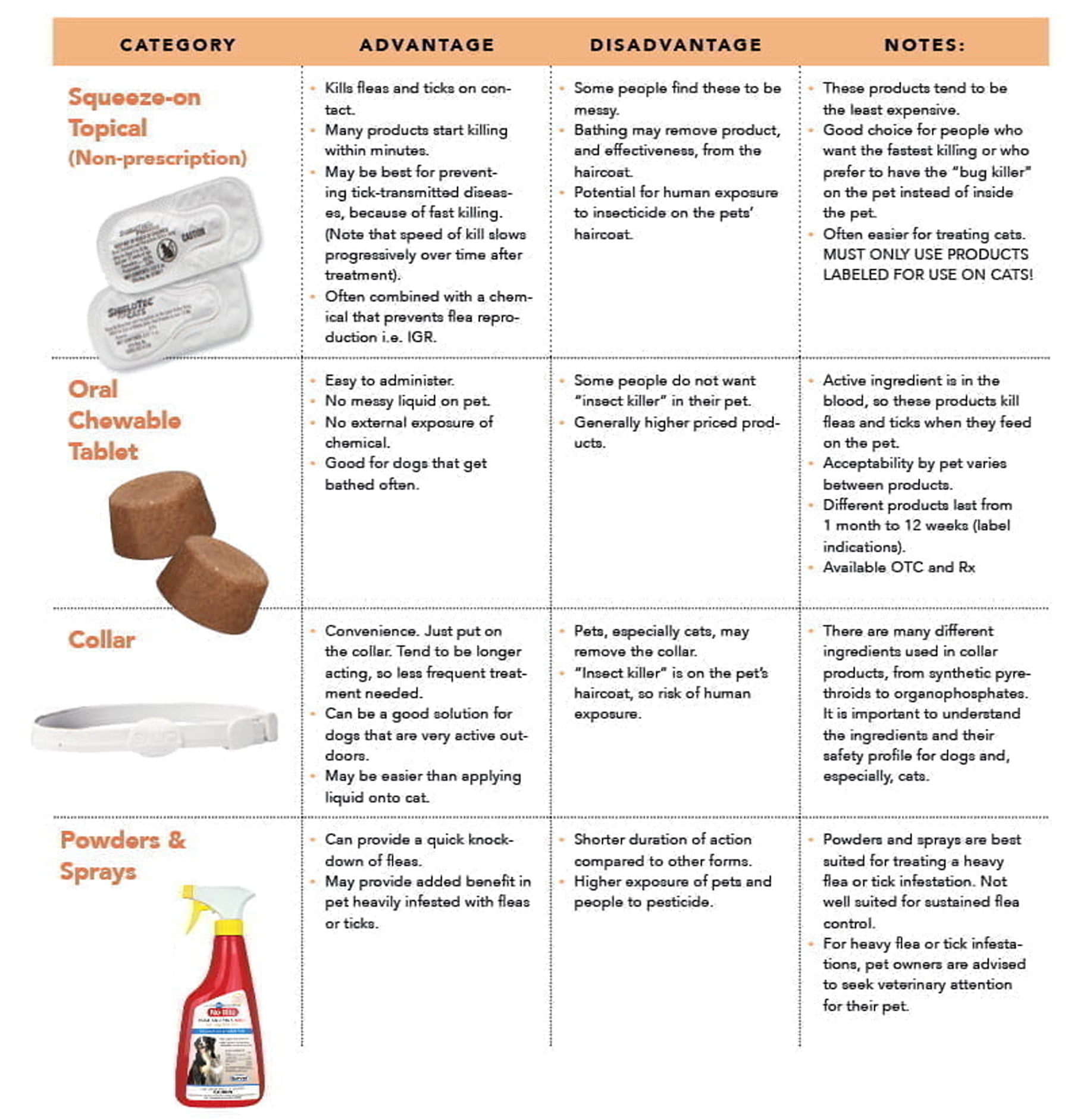
Why do fleas and ticks thrive despite effective products and sound strategies? When asked about flea and tick incidence and what pet owners ought to be doing about it, Dr. Michael Murray, DVM, MS, DACVIM, Founder of Level 5 Coaching and Consulting LLC, bundles his remarks under two broad headings: “When” and “Why.” If pet owners start worrying about flea infestations or tick appearances when they see them, it’s often too late. That’s “why” their pets should be treated with an effective product before they are exposed and it’s how dealers can provide an added value to their customers. Before starting his company, Dr. Murray spent 35 years as a veterinary practitioner, professor and a director in global marketing and U.S. commercial operations for Merial and Boehringer Ingelheim.
Fleas and ticks pose a continuous and growing threat to our pets and to us, despite the availability of many effective flea and tick control products. Ticks and the diseases they transmit are more numerous and widespread than ever and they are spreading into even more areas throughout the country. That’s why it is so valuable for dealers to be able to advise customers about flea and tick control products that will work for them. Being able to answer questions like “Why should I buy a flea and tick product?” or “Why can’t I just treat my pet when I see fleas or ticks?” would be valuable for all store staff.
As dealers and veterinary professionals, we often resort to reciting facts about diseases and the pet’s health and welfare. If we really want to watch our customers’ eyes glaze over, we describe the life cycles of these pests. Instead, you should start with the “why” they should care. I like to ask these questions: Do you allow your pet on the furniture or on your bed? and How familiar are you with tick diseases?

The humanization of pets is a steadily growing phenomenon, and that bond includes letting pets sleep with us. So, what if that pet happens to have a few fleas? What else might we be sleeping with? How about larvae? Yes, larvae. The fleas on your pet are laying dozens of eggs, which fall off the pet and develop into larvae, in your carpet, your furniture, and yes, in your bed! These larvae are a precursor to new fleas, which prefer your pet, but will also attack you. By the time you even notice that your pet has fleas, there can be several generations of fleas propagating within your home. That’s why I recommend to my customers that they use continuous flea control throughout most of the year. If your customers wait to treat their pets for fleas only when they notice them, they soon can have a thriving community of fleas throughout their homes.
There are numerous effective products that kill fleas and ticks on pets. There is not a “best” product, because each person’s situation and preference can be different – and even differ among pets in their household. The table highlights the advantages and disadvantages of several products categories: squeeze-on topicals, oral chewable tablets, collars and powders/sprays. Remember that the “advantages” and “disadvantages” of a product can be in the eye of the beholder, so it is important to understand your customer’s preferences before recommending a specific product. It is also crucial that your customers read and understand the product labels to use these products in the safest way.
What’s The Difference?
Aside from the entomological, anatomical, life cycle and habitat variations of flea and ticks, Dr. Murray has a unique take on what your customers may see as key differences between fleas and ticks – even though they are generally lumped together on product labels and in marketing campaigns as one and the same. Those differences are what Dr. Murray calls the “disgust factor” and the “fear factor.”
When confronted with the idea that barely visible flea maggots are festering where they sleep and relax, pet owners recoil in disgust. (For the record: Nearly three-quarters of pet owners in the United States share their beds with their pets, according to a survey from a mattress company, Novosbed, Inc.) When made aware of tick encroachments into their area, they worry about the potential transmission of disease not only to their pets but also to their families and they are ready to take action. Dr. Murray suggests as a practical merchandising tactic you put the disgust or fear factor center stage on your merchandising displays. To obtain graphics and collateral materials that grotesquely depict flea larvae and mature infestations, contact your Durvet sales representative.
Where Are They Coming From?
A string of mild winters have spurred disease-spreading ticks to emerge earlier and thrive heartily. A recent study (published in November 2018) by researchers at Carnegie Mellon University and the Mayo Clinic College of Medicine and Science predicts the number of Lyme disease cases could increase by 20 percent in the next 30 years. “Extreme and somewhat unusual weather and temperature fluctuations across the U.S. during winter months have aided the production of higher populations of ticks, insects, and rodents across the country,” reports Pest World Magazine.
But warm winters are not the only explanation for rising tick populations. In addition to climate factors, Dr. Murray sites changing animal habitats, urban and suburban developments that create green spaces and the movement of greater numbers of animals around the country.
“We [Americans] like wooded environments,” he says, and as new neighborhoods are built with treed cul-de-sacs and acres of gentrified forests and greenways, more wildlife and potential carriers of ticks are moving in. Chipmunks, raccoons, deer and even birds that we attract with feeders can be hosts for many dangerous ticks,” he says. The most common tick-borne disease in North America is Lyme disease, but the availability of a greater number of critter hosts is paving the way for an increased incidence of different diseases that affect both pets and people. The CDC and other organizations are seeing a growing number of hosts capable of carrying tick-borne diseases - in addition to Lyme - such as ehrlichiosis, Rocky Mountain spotted fever, anaplasmosis, hepatozoonoisis, and babesiosis.
Originally published in ProfitBuilder Magazine, Summer 2019.


 BACK TO MAIN BLOG
BACK TO MAIN BLOG 
Comment